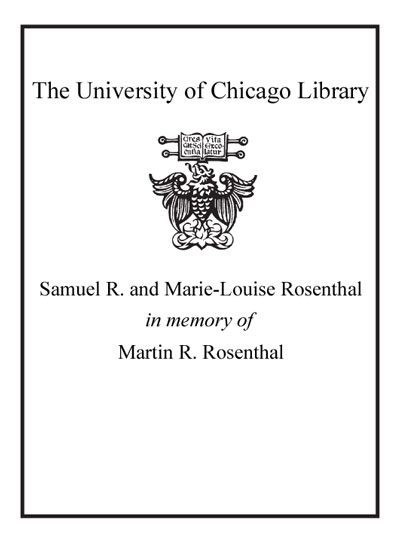Review by Choice Review
As the latest in a line of impressive works coming from the geographers at the University College Cork in Ireland, this book reads less like a conventional atlas and more like an encyclopedia. With more than 50 articles, 140 original maps that offer eye-catching graphics and pinpoint accuracy derived from the cumulative effect of parish-level information, and a host of stunning photographs, images, and other visual documents, this massive volume offers a kaleidoscopic view of what has been considered to be the definitive experience of modern Irish history. Furthermore, the atlas covers an impressive array of topics, with local studies and expatriate accounts and a chronological range that runs from the often-overlooked (but almost equally calamitous) famine of 1740-41 to the ongoing incidence of mass starvation in the contemporary world. In summary, this monumental work is strongly recommended for any library collection that includes Irish history, US immigration, or studies of the developing world. Summing Up: Essential. All levels/libraries. M. J. O'Brien Franciscan University of Steubenville
Copyright American Library Association, used with permission.
Review by Booklist Review
*Starred Review* Just when it seems that print reference books are inching toward a reliquary fate, new ones are published that belie this notion. This physically substantial volume replete with impressive color photographs, illustrations, and maps is such a source. Palpably solid and sturdy in hand, the content is equally weighty and significant, covering details of demographics, geography, history, politics, economics, and folklore surrounding the most pivotal event of Irish history. Sweeping in scope and painstaking in detail, the atlas offers multiple perspectives and insights by way of first-person oral and written accounts, poetry, art, photography, and scholarship. Organized into sections such as Population Decline and Social Transformations, Witnessing the Famine, The Scattering, Legacy, and Remembering the Famine, the volume is also complemented by numerous charts, tables, and graphs delineating various statistical aspects of the Great Famine. Examples include tables showing the size of the potato crop, mortality rates by gender, number and destination of famine emigrants, and knowledge of the Irish language by province. Smaller chapters within the sections cover interesting topics like Irish Famine Refugees and the Emergence of the Glasgow Celtic Football Club. Additionally, the book provides primary resources, which are both stark and heartbreaking. For example, a photograph of a handwritten note directs the deceased of a workhouse to be buried without coffins because of financial constraints. Another such note indicates that the destitute Irish immigrants arriving in Liverpool in 1847 are to be sent back to their homes a fate that befell 15,000 in that year alone. Though accessibly written, the volume also retains its scholarly tone, with more than 25 pages of endnotes. Overall, this resource is an example of how well done print reference can still be, and is well worth the price for all types of libraries.--Tosko, Michael Copyright 2010 Booklist
From Booklist, Copyright (c) American Library Association. Used with permission.
Review by Library Journal Review
Crowley, William J. Smyth, and Mike Murphy (geography, geography emeritus, and cartographer, geography, respectively, University Coll., Cork, Ireland) have made a valuable contribution to studies of the Irish famine of the 1840s with this physically immense book that combines a classic atlas's functions with broader concerns. The editors have brought together contributors including Cormac O Grada (Ireland's Great Famine), Christine Kinnealy (A Death-Dealing Famine), and Thomas Kenneally (The Great Shame) to write on such famine-related topics as its effects at village or workhouse level. Each essay is illustrated with tables, charts, or maps created from geographic and statistical material. The relations of closely focused maps to the surrounding text is not always as clear as it might be. (A companion website where readers could dig into all the data and maps would have helped.) With mixed success, the editors have made a bold attempt to widen discussion of the famine. The latter half of the volume suggests further avenues of exploration in commemoration, folklore, and language. Throughout, this weighty volume is handsomely illustrated. VERDICT This visually appealing book, part conventional atlas, and part historical and cultural exploration, has components that will be attractive to lay readers and provocative to specialists.-Hanna Clutterbuck, Francis A. Countway Lib. of Medicine, Boston (c) Copyright 2012. Library Journals LLC, a wholly owned subsidiary of Media Source, Inc. No redistribution permitted.
(c) Copyright Library Journals LLC, a wholly owned subsidiary of Media Source, Inc. No redistribution permitted.
Review by Choice Review
Review by Booklist Review
Review by Library Journal Review

